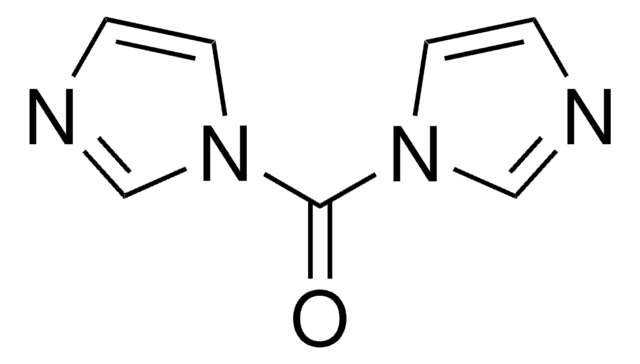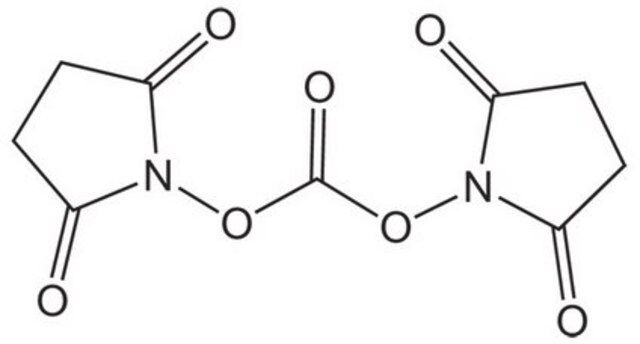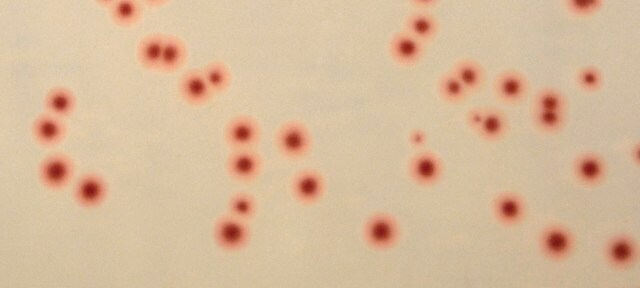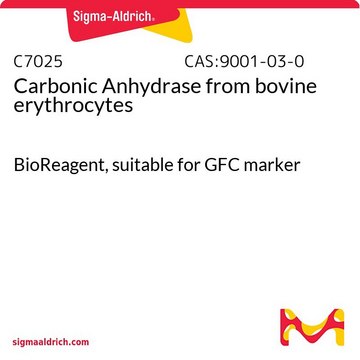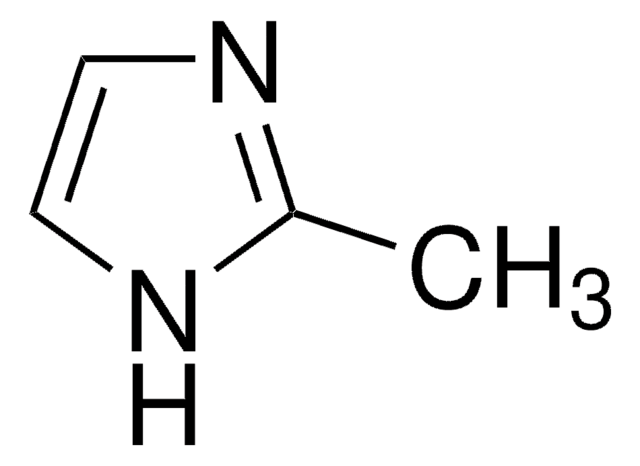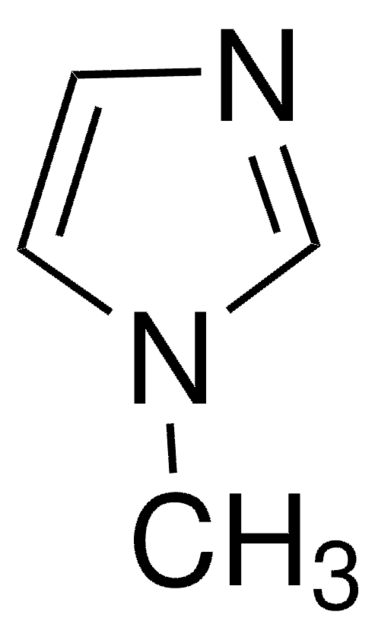21861
1,1′-Carbonyl-di-(1,2,4-triazole)
technical, ≥90% (T)
Sinonimo/i:
CDT
About This Item
Prodotti consigliati
Grado
technical
Livello qualitativo
Saggio
≥90% (T)
Forma fisica
powder
Impiego in reazioni chimiche
reaction type: Carbonylations
Punto di fusione
138-152 °C
applicazioni
peptide synthesis
Temperatura di conservazione
2-8°C
Stringa SMILE
O=C(n1cncn1)n2cncn2
InChI
1S/C5H4N6O/c12-5(10-3-6-1-8-10)11-4-7-2-9-11/h1-4H
YHNUDLCUIKMNSN-UHFFFAOYSA-N
Cerchi prodotti simili? Visita Guida al confronto tra prodotti
Altre note
Avvertenze
Danger
Indicazioni di pericolo
Consigli di prudenza
Classi di pericolo
Acute Tox. 4 Oral - Eye Dam. 1 - Repr. 2
Codice della classe di stoccaggio
11 - Combustible Solids
Classe di pericolosità dell'acqua (WGK)
WGK 3
Punto d’infiammabilità (°F)
Not applicable
Punto d’infiammabilità (°C)
Not applicable
Dispositivi di protezione individuale
Eyeshields, Gloves, type P3 (EN 143) respirator cartridges
Scegli una delle versioni più recenti:
Possiedi già questo prodotto?
I documenti relativi ai prodotti acquistati recentemente sono disponibili nell’Archivio dei documenti.
I clienti hanno visto anche
Il team dei nostri ricercatori vanta grande esperienza in tutte le aree della ricerca quali Life Science, scienza dei materiali, sintesi chimica, cromatografia, discipline analitiche, ecc..
Contatta l'Assistenza Tecnica.
